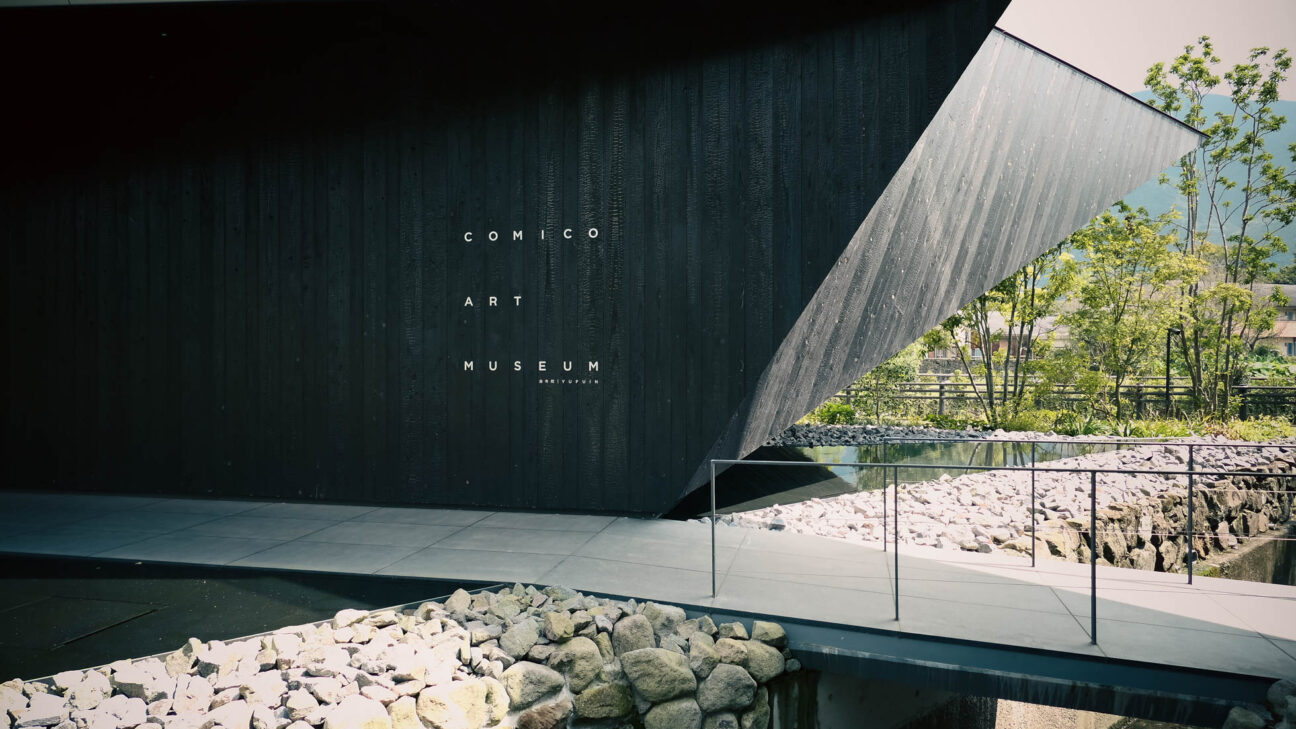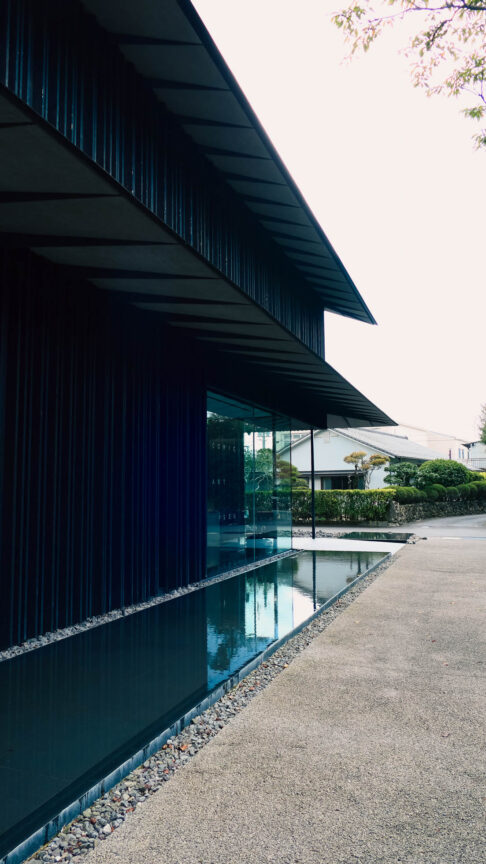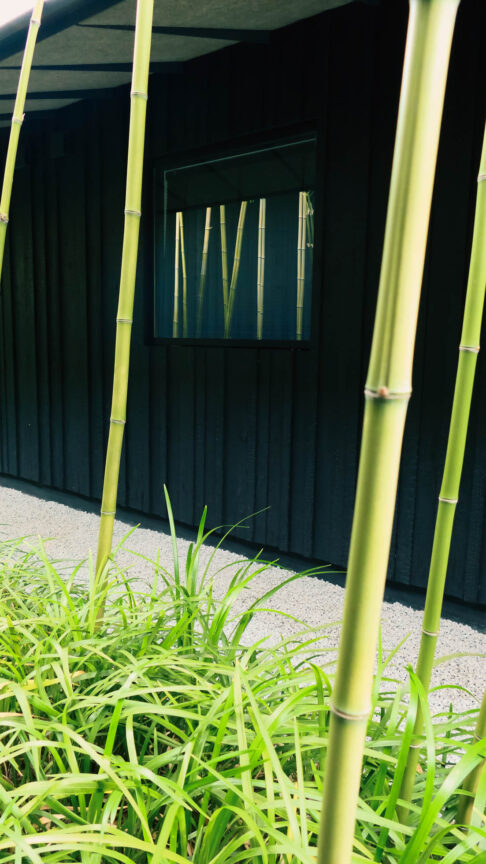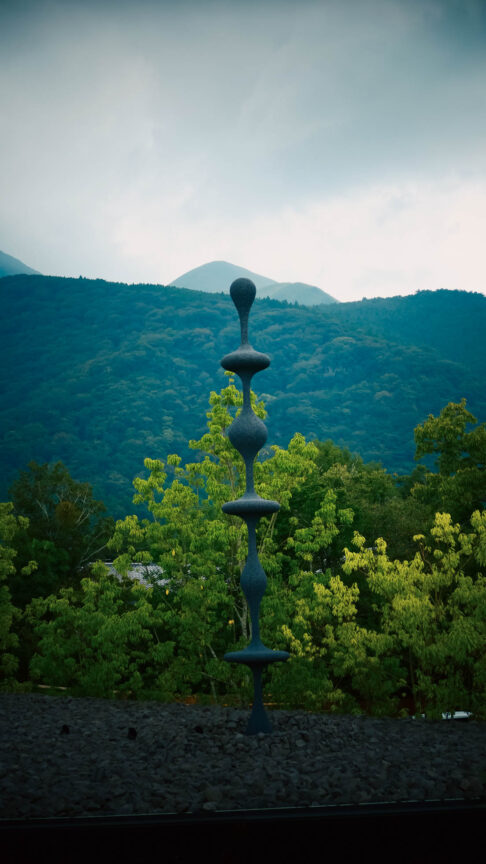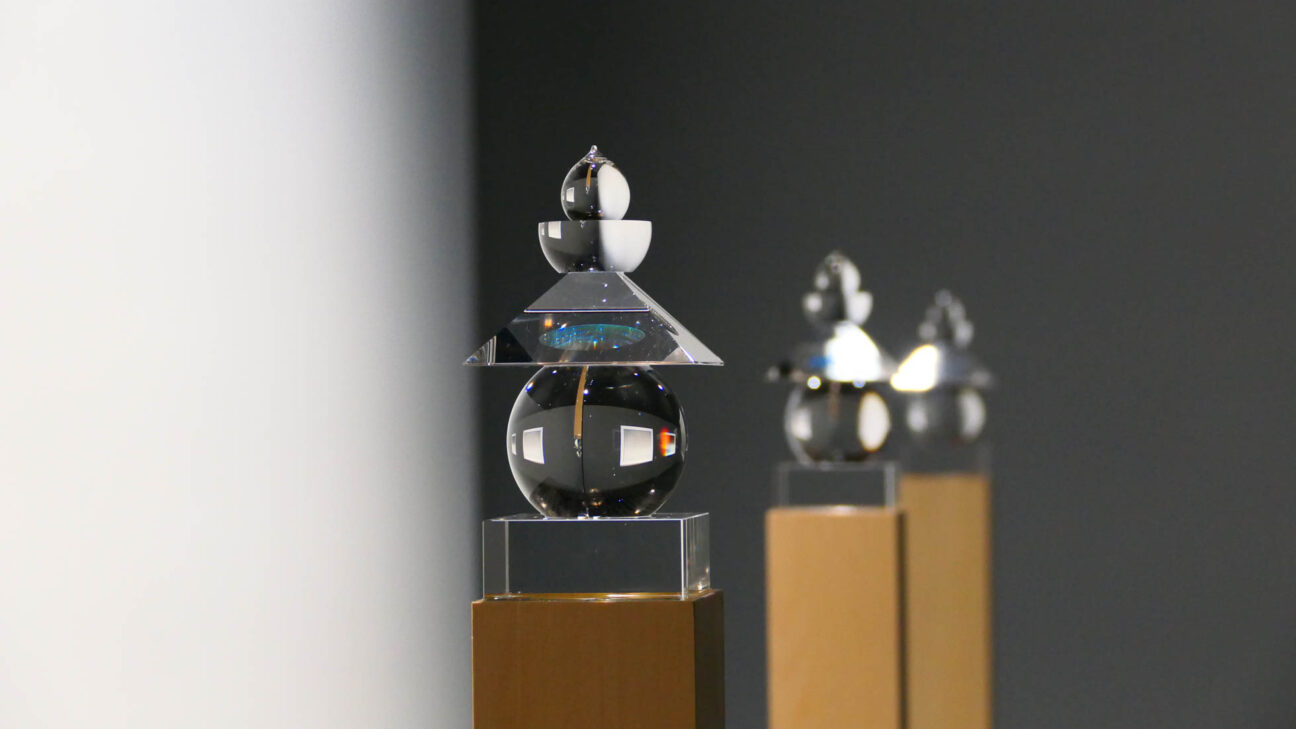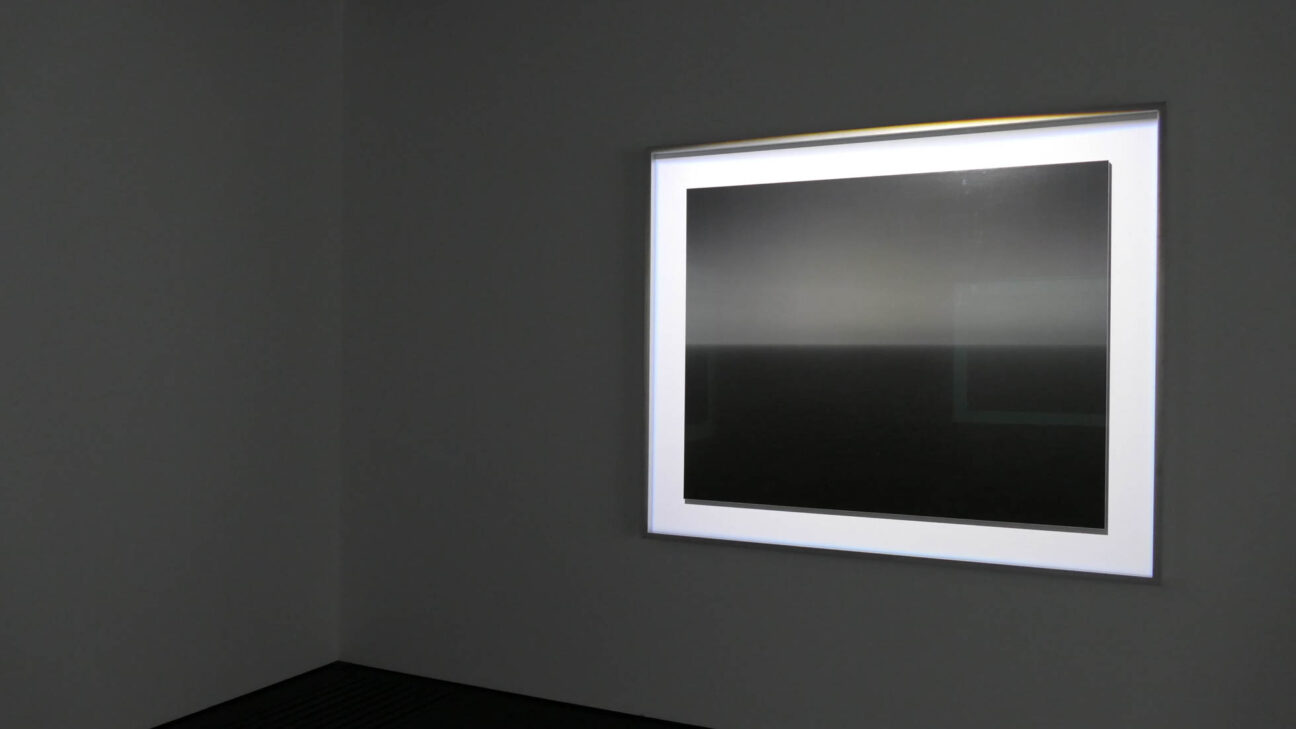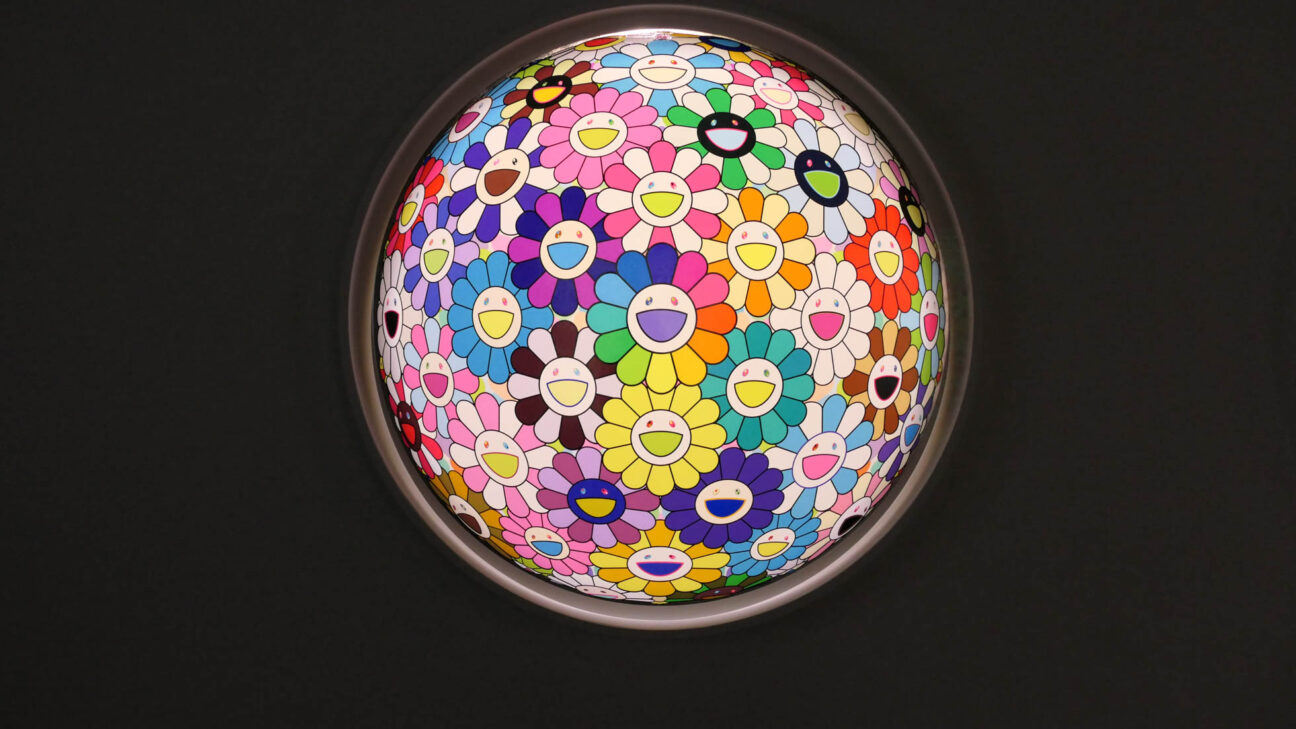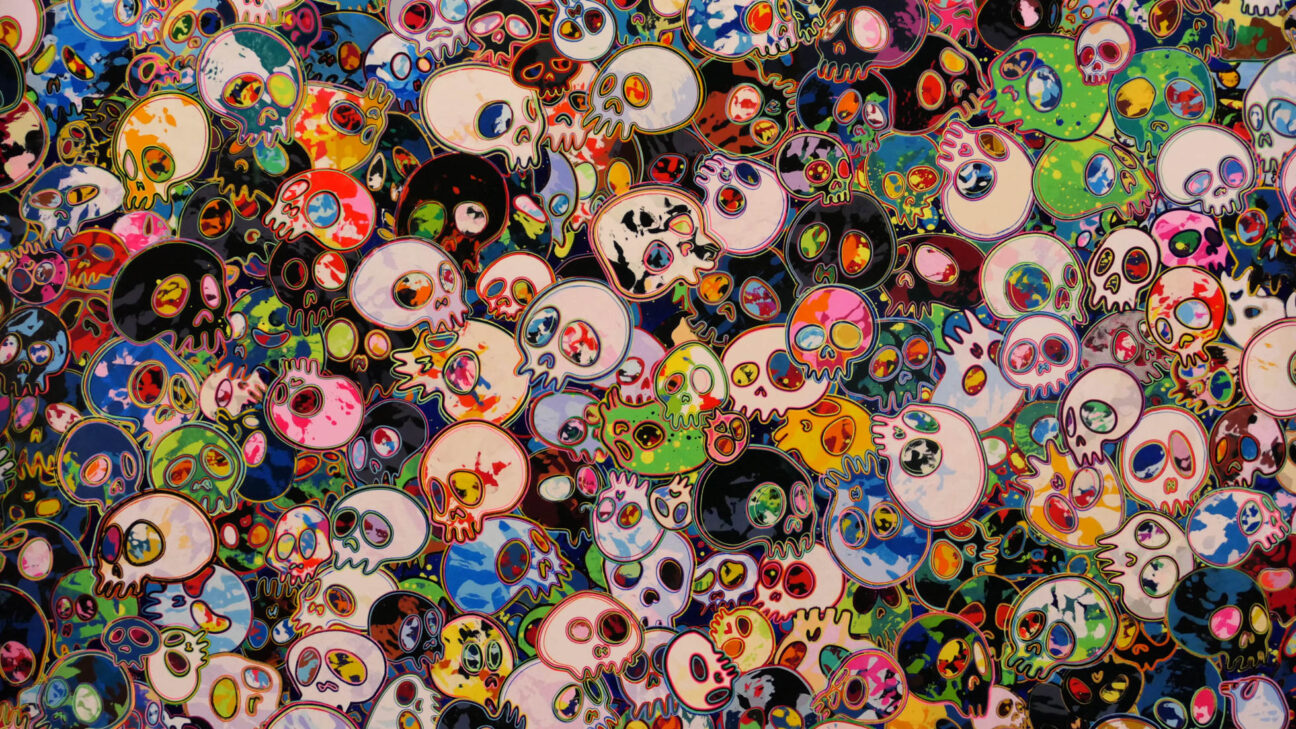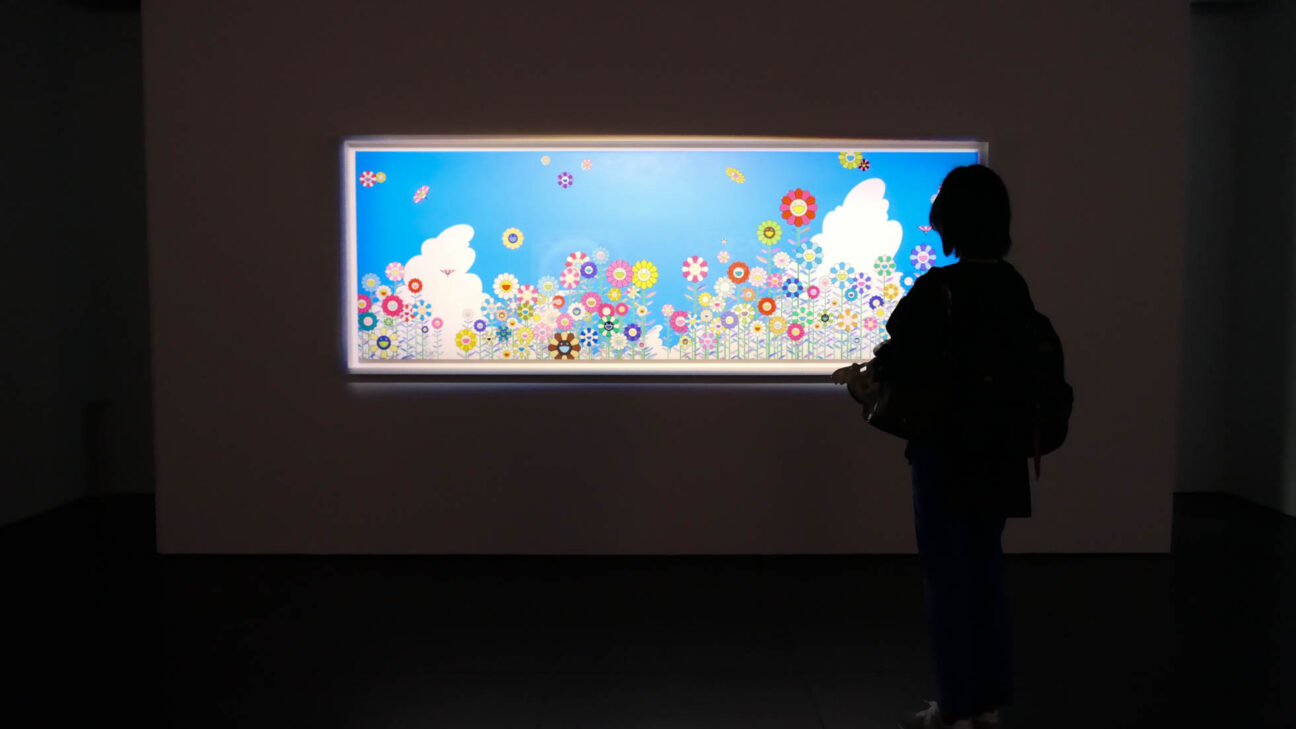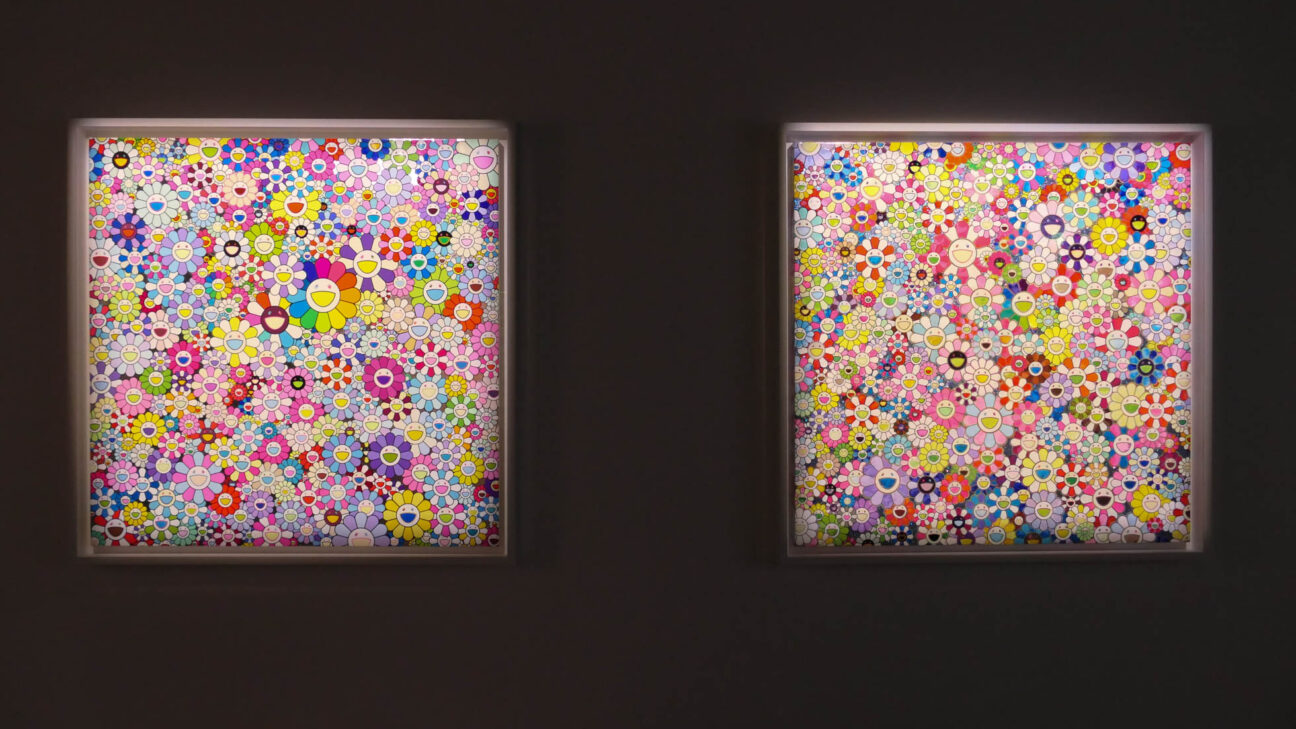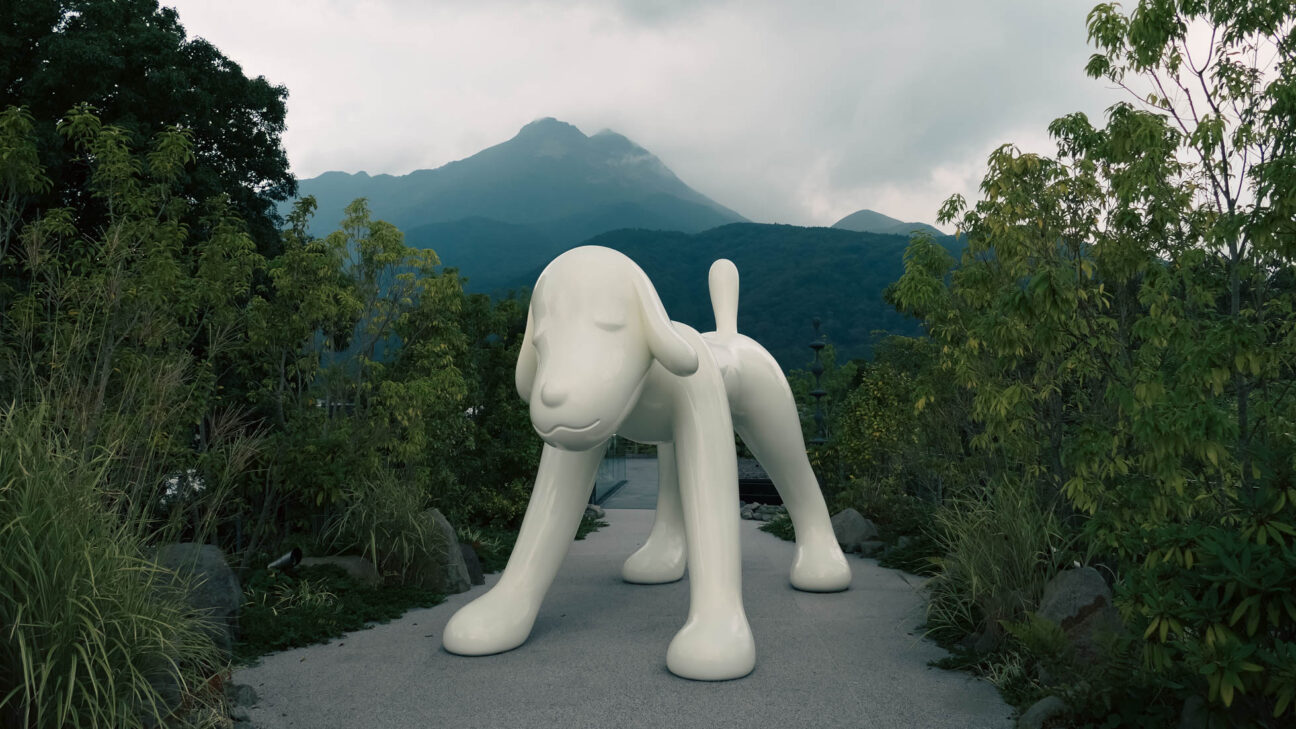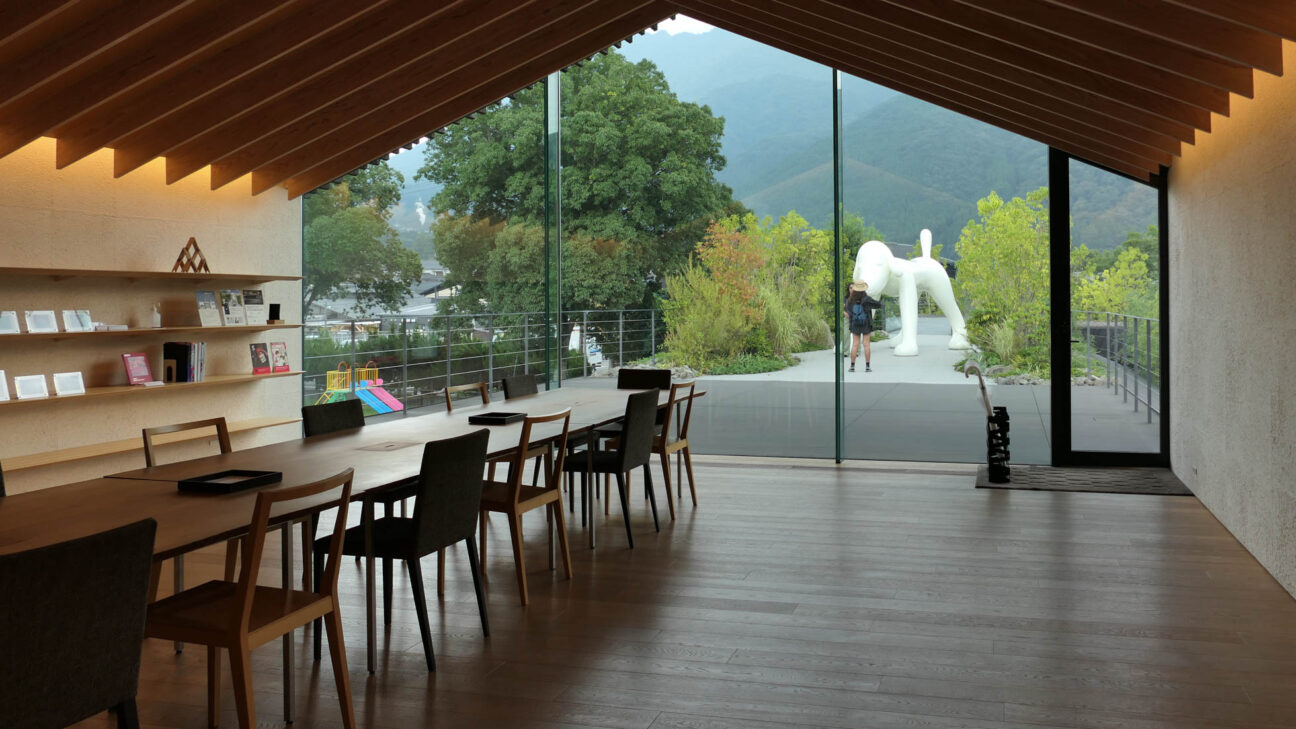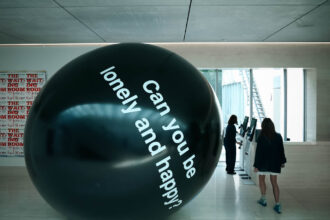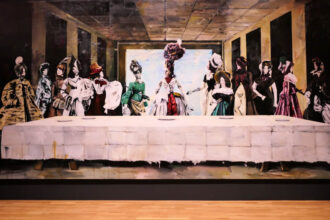Comico Art Museum. Yufuin Japan
Comico Art Museum stands in the location overlooking the majestic yet soft and gentle ridgeline of Mt. Yufudake. The architect Kengo Kuma always considered the concept of “unevenness” when designing.
ft/ Kate Zaniewska
By arranging several small roofs in a row, consideration was given to blending in with the landscape of Yufuin’s village, which is lined with small houses. In addition, by effectively utilizing materials such as wood, earth, Japanese paper, and water, people aim to coexist with nature over the years. The black material that covers the museum’s exterior walls is a roasted cedar, and bleeds into the scenery of Yufuin, making Mt. Yufu and the surrounding scenery stand out even more clearly.
HIROSHI SUGIMOTO
Hiroshi Sugimoto’s (1948, Tokyo) activities include photography, sculpture, installation, theater, architecture, landscaping, writing, and cooking. His work focuses on the transience of history and existence. It uses the knowledge of empiricism (the idea that all human knowledge comes from experience) and metaphysics (the study that attempts to recognize things that have no form) to bridge the gap between Western and Eastern ideas. Themes such as the nature of time, human perception, and the origins of consciousness are explored there.
TAKASHI MURAKAMI
Takashi Murakami (1962, Tokyo) combines traditional Japanese paintings such as ukiyo-e and contemporary art through the visual theory of anime and manga. He has created many characters that reflect otaku culture, such as Miss Ko2 and DOB-kun, and presents highly vulgar sculptures and hyper-two-dimensional paintings that are the opposite of the perspective drawings seen in Western paintings.
YOSHITOMO NARA
Yoshitomo Nara (1959, Aomori Japan). There is only one dog called “Your Dog'” at the foot of Mt. Yufu. It expression is calm, when smiling or sleeping. It’s like always waiting for someone. This dog become a new landmark, watching over the area, just like Mt. Yufu, which symbolizes Yufuin.
Place/ Comico Art Museum

